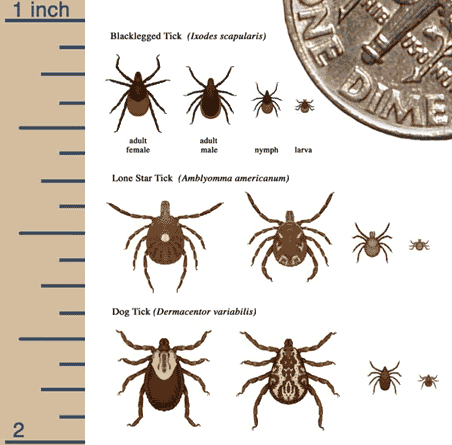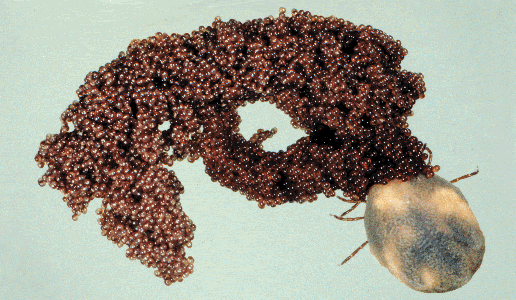Maybe your winters are too cold for them? When I lived in upstate NY we didn't have any ticks either. But the mosquitos, black flies and deer flies we enough to spoil your day anyhow 


The two times I was out this year (ugh) I found a few on me.
This may be my first chigger free year.



I guess the spraying with dimilin didn't do a whole lot for the gypsy moths? That's too bad.
I thought there was widespread spraying for gypsy moths this spring? I guess some places were missed? Dimilin is pretty effective against that genus of insects.
If the repellant is DEET it seems useless for ticks. Clothes sprayed with permethrin seem to work the best.
Didn't see that many ticks out today, but the gypsy moth larva are everywhere, and they are big and fat.
